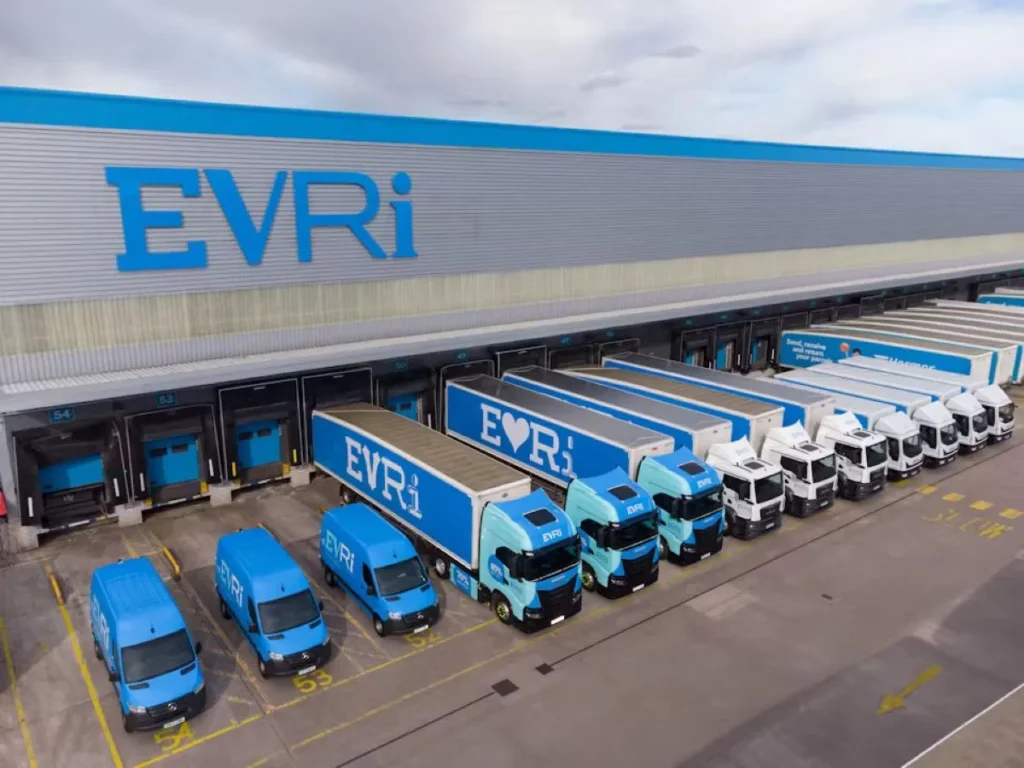In Europe and Asia, the Universal Parcel Locker (UPL) tends to be referred to as the carrier agnostic or carrier neutral, parcel locker. The UPL is an automated, electronically connected network of parcel lockers, usually managed by a single entity, that can accept parcels across multiple parcel carriers/retailers or users. No such truly universal parcel locker networks of any size exist in the US, although convenience store retailer 7-Eleven may be on the way to developing such a network as they expand their in-store parcel locker locations.
The UPL makes sense for many of reasons. Traditional parcel locker networks are proprietary and only serve the single sponsor/owner of the parcel locker network while UPL’s allow for the consolidation of parcels from multiple carriers/users at a single, networked bank of UPL’s.
The continued amazing growth of e-commerce and COVID 19 driven on-line purchasing increases, may be breathing new life into the parcel locker concept here in the US. Consolidating residential deliveries at a parcel locker is a low cost, last-mile delivery solution that allows a carrier to displace the stand-alone, residential delivery. It costs a carrier a lot of money to make a single package stop to a home in a residential neighborhood. The home-delivery is also pricey for the merchant/payer as residential delivery related surcharges can exceed the cost of base transportation. Additionally, there are numerous operational challenges and inconveniences related to a residential delivery that simply do not apply to parcel locker delivery and make this last-mile delivery solution more attractive to the e-commerce merchant and carrier.
In Europe, we are starting to see testing and implementation of small carrier agnostic, parcel locker networks. Results in Canada have been mixed as Parcel Port has been developing a small network in the Toronto market and In-Post failed in its effort to establish a much larger carrier agnostic parcel locker network in the greater Toronto market.
The US Space
In the US, proprietary parcel lockers have been slow to catch on and the reason is the high cost of network development. The vast geography that encompasses the US and the significant number of large to medium sized markets across that geography, is making it cost-prohibitive to develop and scale a parcel locker network to provide adequate coverage across the country.
Amazon: While Amazon has placed thousands of parcel lockers across the US, they reside mostly in major markets and usage is restricted to Amazon customers. Amazon is also aggressively growing its Amazon Hub parcel locker concept for consolidating deliveries at multi-tenant, housing complexes. However, this type of application is not new and mostly a service to help multi-tenant building managers, manage the deliveries that they are already receiving.
UPS/FedEx; The two mega-carriers are testing/pursuing their own proprietary parcel locker networks on a very small scale. However, they have been unwilling to open their networks to all e-commerce shippers and other delivery service providers. For a national parcel locker network to be truly user friendly and profitable, it must accept shipments from all sources and service providers that can meet the technical requirements.
Additionally, the cost related to establishing a nationwide parcel locker network will be staggering. It has made no sense for the individual giants in the parcel industry to invest heavily in parcel locker networks when they can easily establish access-point, retailer partnerships with national retailers like Walgreens and CVS, with practically no capital investment. However, the impact of COVID-19 may be forcing the mega-carriers to rethink their anti-parcel locker positions. Consumers will be favoring a fully automated parcel locker solution instead of interacting with a person at a retail access point to retrieve their parcel.
The United States Postal Service: The USPS is currently implementing, on a small scale, a proprietary parcel locker called GOPOST, that today, is only available to support USPS services. However, the timing is perfect for the USPS to coordinate the further development of the GOPOST parcel locker initiative and morph this small, first generation parcel locker network into a universal parcel locker solution. The Postal Service could co-locate UPL versions of their new GOPOST parcel locker outside, at many of their existing 30,000 US Post Offices , to provide 24/7 access. It also makes a lot of sense for UPS, FedEx, Amazon, and the USPS to join forces and share the cost of developing a single, universal parcel locker network. These existing post office retail locations are already fully developed, possess excellent ingress/egress, and have suitable parking in place to support both the drop-off and pick-up for the e-commerce customer.
The Post Office based UPL could drive much needed revenue for the USPS in usage fees as the private carriers would gladly pay a parcel locker usage fee and still realize significant savings by making fewer of the costly, residential delivery. Most importantly for the USPS, they could drive many of their existing services through a Post Office based parcel locker and realize operational savings via this fully automated, customer access solution.
Whatever you call it, Carrier Agnostic, Universal or Carrier Neutral, the timing and circumstances are right for the USPS to take the lead in developing the Universal Parcel Locker concept, across America.
Dean Maciuba is the Director of Consulting Services at Logistics Trends & Insights LLC and he is an expert on last-mile delivery, Amazon, e-commerce, and the design/implementation of speciality distribution solutions.
Photo: Bert76/ Wikimedia Commons









